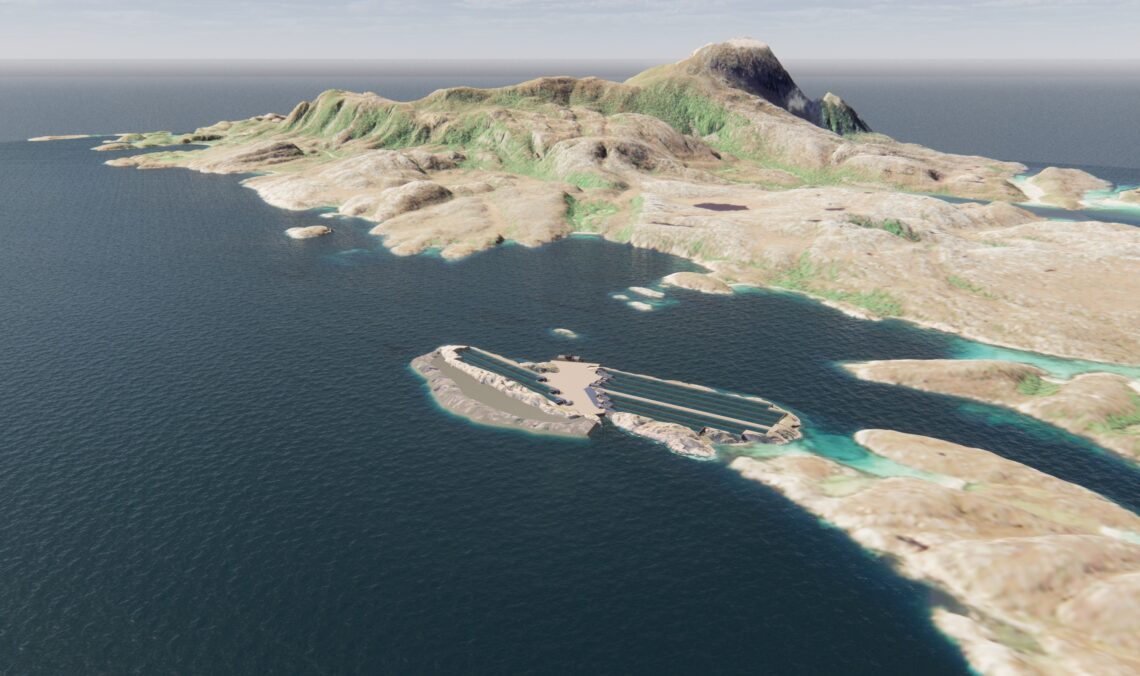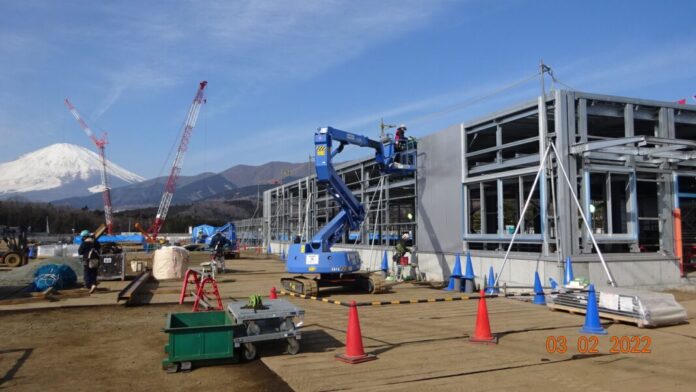More and more salmon will be produced on land. There is no going back.
Microsoft was installed on 95 per cent of all PCs in the world. Bill Gates topped the global rich lists. When asked by the New York Times about what kept him up at night, 43-year-old replied:
“I’m afraid of a guy in a garage who invents a technology that Microsoft has never thought of.”
That same year, in 1998, two 25-year-old Stanford students, Larry Page and Sergey Brin, started their business in a garage. The sign on the garage door read: Google World Wide Headquarters. They had just raised a million dollars in funding. Among the investors with $250,000, was another who had started a business in his own garage, Jeff Bezos. Page and Brin made no secret of the fact that one of their heroes was Steve Jobs – he too had started his career in a garage.
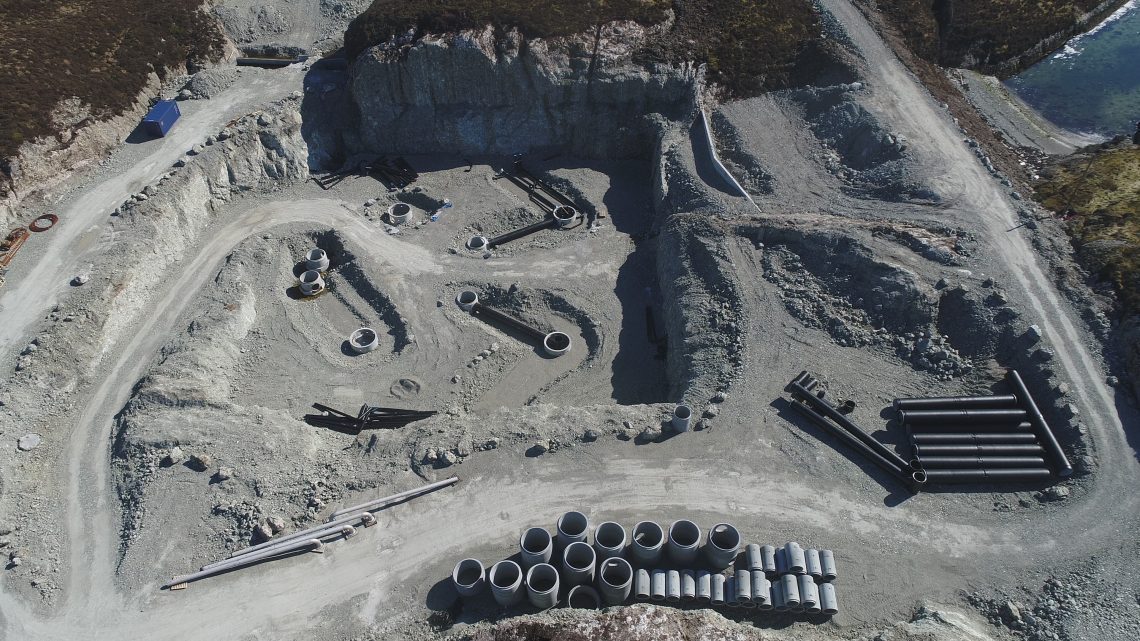
Hand-held
A quick glance at the front-page of SalmonBusiness will reveal that about one in five stories concerns land-based salmon farming. We have been covering the fast-growing sector for several years, but now it is starting to become a more and more solid proposition. The facilities, many of them very large, are clearly visible are going up around the world.
Sites across the world are being blasted, drilled and dug. Concrete is being poured, rebar laid, hoses and pipes stretched out, and tanks built.
In Miami, Atlantic Sapphire are already harvesting and selling their own fish. Meanwhile, Norway’s first large-scale plant run by Salmon Evolution on Indre Harøy, has recently filled fresh seawater in the tanks and will release smolts during the spring.
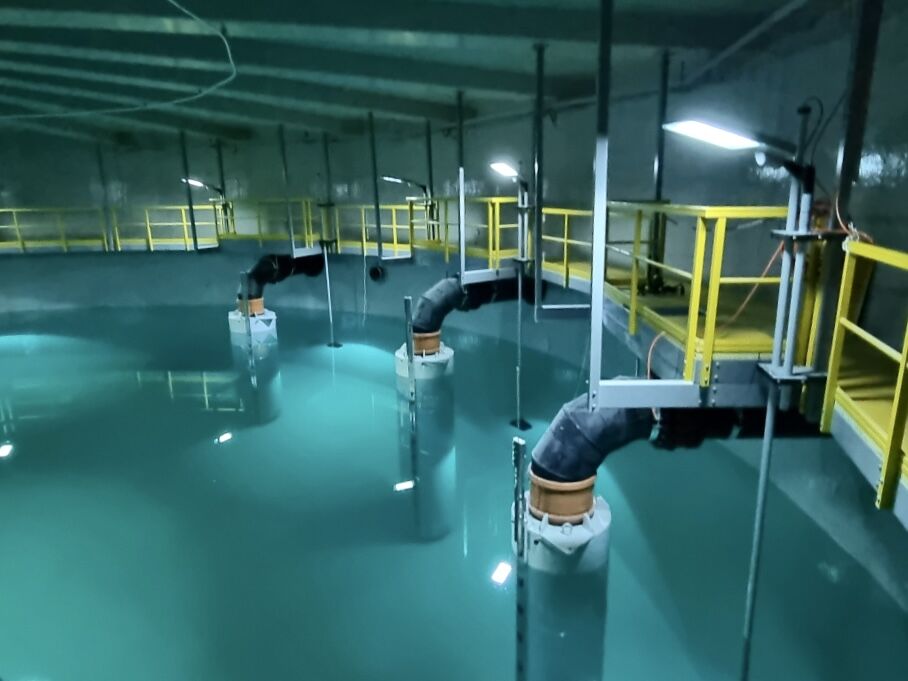
The train departs
Many, not least the opponents of traditional farming at sea, believe the onshore facilities will take over the industry. The train is now in motion.
Others point out that the land facilities will only be a supplement to open cages. No one has so far shown profitability that would indicate otherwise.
Regardless; there will be plenty of assignments for the part of the supplier industry that has positioned itself towards land-based fish farming. More than €10 billion worth of vessels, pumps, concrete, steel beams, treatment plants and pipes are expected to be sold across the world over the course of the next decade. In addition, there is of course the purchase of feed, smolts, vaccines, gutting machines and packaging.
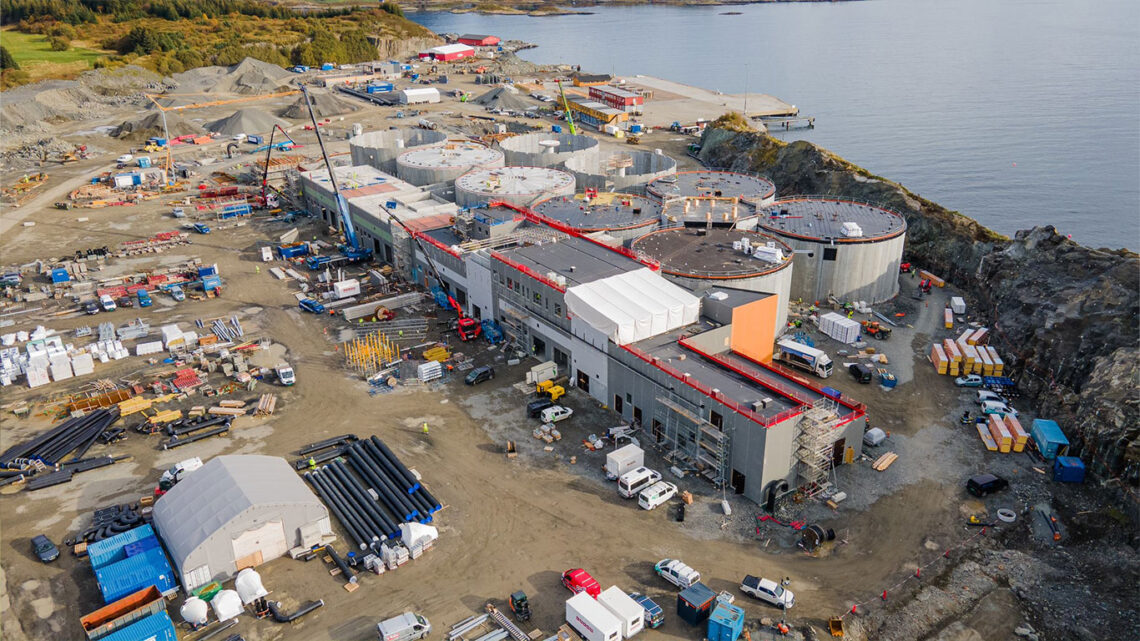
Redefining
Is the billion euro investment in land-based salmon disruptive? Will it redefine the entire industry?
The answer still isn’t clear. First, the large facilities, those that can feed tens of thousands of tonnes of salmon annually, must increase production and utilize their economies of scale. Then they probably also need some experience and the chance to learn from their beginner mistakes, much like salmon farming in the 70s and 80s.
Then, after that, we will see if factory-produced salmon can compete with farming in a net in the sea.
One thing is certain; if the land farmers do not achieve profitability and positive cash flow, preferably in the same league as the sea farmers, the new investments will not come. Then there will be no disruption either.
